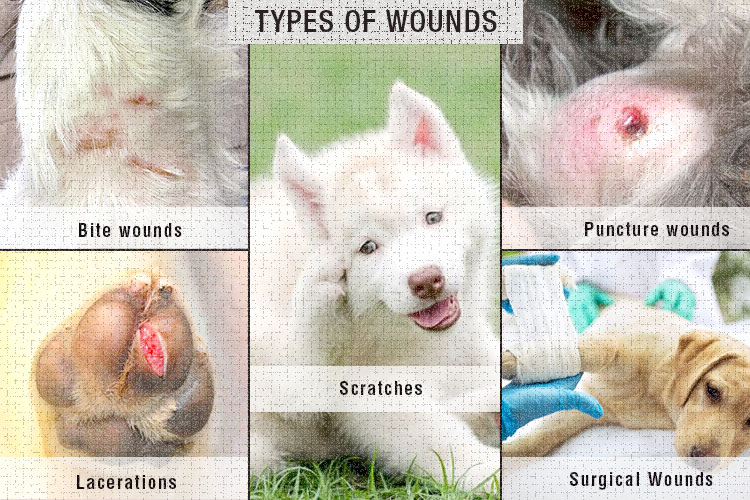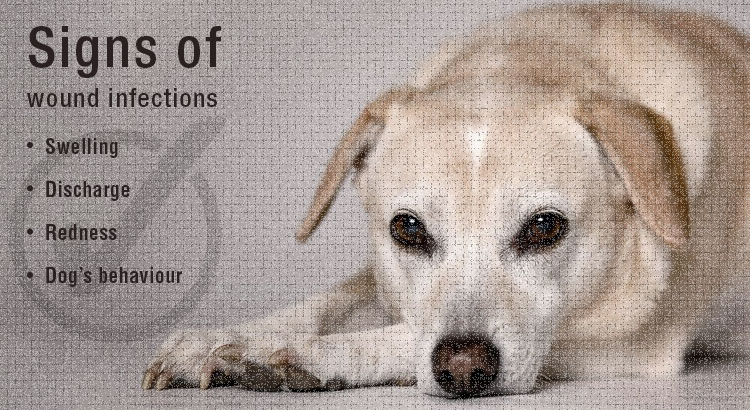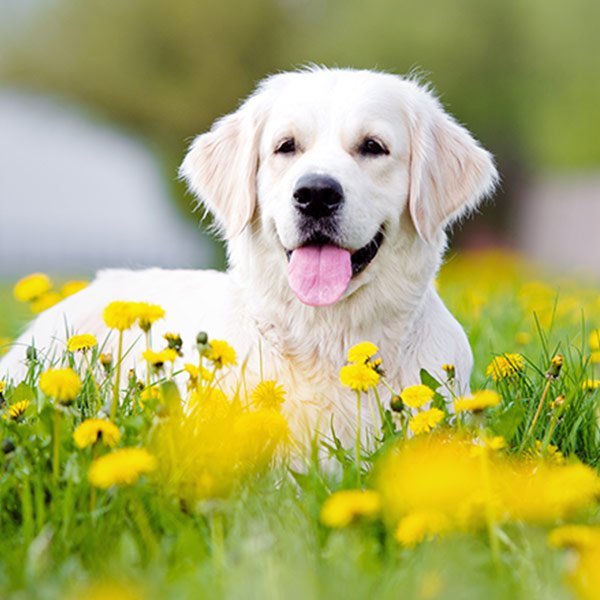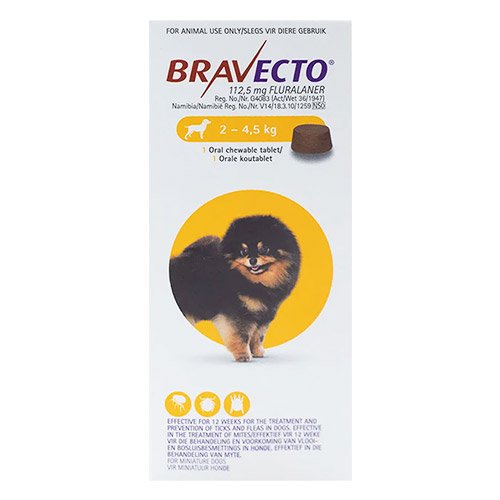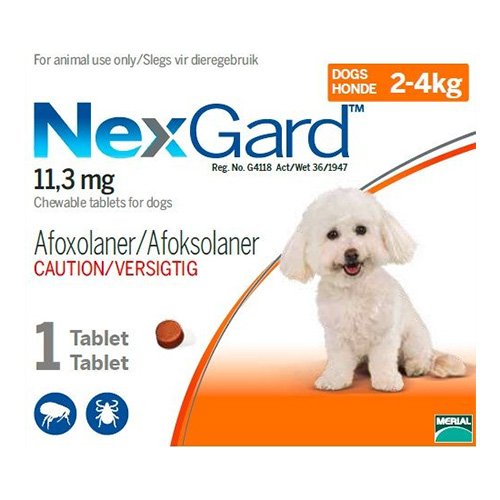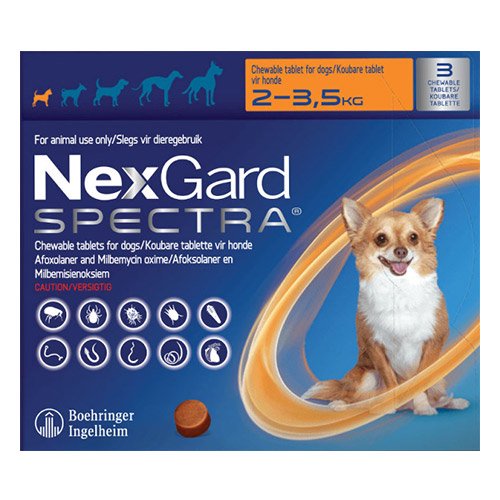-
Popular Brands View All BrandsPopular Brands View All BrandsPopular Brands View All BrandsPopular Brands View All BrandsPopular Brands View All Brands
- Dogs
- Cats
- Brands
- New Arrivals
- Below R150
- Refer & Save More
- Reconciliation Day

Sep 11, 2018
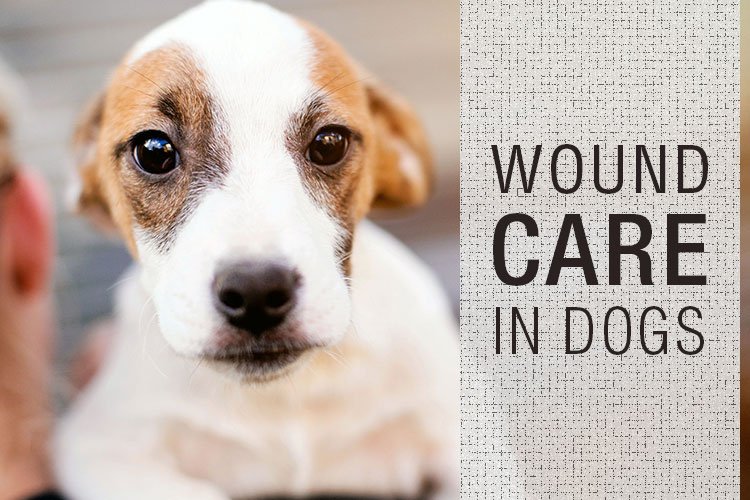
Does my dog need stitches? Can I leave the wound open? How can I clean the wound?
These are important questions and knowing some basics may help you understand why veterinarians use different treatment options. It also helps to know how to care for the wound at home.
Some examples of different types of wounds include:
These wounds may either be deep or superficial, contaminated or non-contaminated (clean surgical wounds).
Superficial wounds can often be left to heal on their own. This is called second intention healing. It is important the wound is kept clean, to prevent infection, and the dog doesn’t lick the wound excessively which may cause a delay in healing.
Deep wounds often require surgical intervention; however if the wound is contaminated, surgery will be delayed. If the wound is stitched too soon the wound often breaks down due to infection. The aim is to treat the wound as an open wound and apply daily dressings and cleaning the wound until the infection is under control and the wound is clean, then it can be stitched.
If your dog has been sent home with an open wound which has been left open (with no bandage over it), it is important to keep the wound clean. You can do this by gently wiping it with warm water. Please don’t add soap, shampoo or alcohol to the wound as these may delay healing and some may cause issues if ingested by your dog. Veterinarians often use chlorhexidine, a surgical scrub solution to clean wounds, which they can dispense for you.
After cleaning the wound you can apply a wound cream, for example Dermavet or Vetguard Wound Gel to the wound. These have anti-bacterial and anti-fungal properties to help keep the wound free from infection. If your dog is licking excessively, it is best to make use of a Buster Collar to prevent licking.
Surgical wounds can often be left alone and don’t need to be cleaned. It is important to monitor that your dog doesn’t try to lick out the stitches or rolling in the sand, which may result in the wound becoming contaminated. If some sand or dirt gets on the wound you can gently rinse the wound with some warm water.
Signs of wound infections may include:
Nov 17, 2025
Seeing your furry companions itch incessantly due to fleas can be stressful. Fleas are blood-sucking parasites that not only make your pet ...
Nov 06, 2025
Black Friday & Cyber Monday are the most awaited times of the year that bring along the biggest shopping season of the year. While we m...



© 2025 BudgetPetSupplies.co.za (MSV Pet Care (Pty) Ltd.) - All Rights Reserved.

